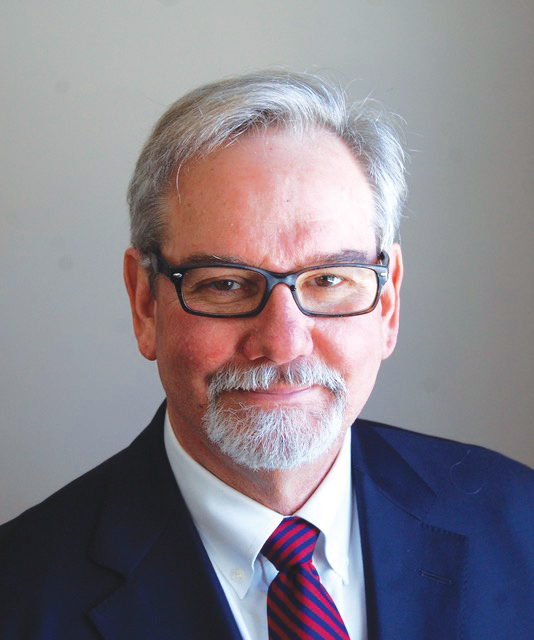
I attended the recent broadband meeting that Senator Corbin and Representative Gillespie hosted two weeks ago. There was a strong turnout of people throughout Western Carolina where broadband accessibility is a vital issue. Just in Macon County we had people from Otto and Nantahala in attendance. These communities have been working hard to improve broadband connectivity. Our representatives are to be commended for putting on this meeting.
For years, communications companies have ascertained that it’s not economically feasible to run fiber lines to these rural and remote areas. Now with over a billion dollars in state and federal funds available, the prospect of acquiring service for these distant areas has changed. The head of NC Broadband spoke at the meeting about how grants will be available across the state this spring.
I am glad this critical issue has now been addressed at the federal and state level through funds coming primarily from the recently passed infrastructure bill. The goal is to have 98 percent of the country connected to fiber by the end of 2025.
The 2025 target date is very optimistic. From our experience with building the Highlands fiber network, it will take more like four to six years to connect everyone. Once grants are secured, network designs and specifications have to be completed before actual construction can take begin. Our fiber project experienced delays in procuring fiber optic cabling, not to mention weather and COVID work slowdowns. With this impending network construction boom, I foresee supply shortages and inflated prices causing major challenges.
A number of providers were at the meeting. All are very interested in these government grants for underserved communities. When Highlands first started our fiber project about seven years ago, we sent out a request for information and interviewed a number of these companies. Not to be critical, but given the economics back then, some providers were not as confident as now about fiber network construction outside large service areas. It is gratifying to know many of these concerns have now been resolved.
What caught my attention was that the federal government wants fiber networks to be the standard. Wireless and satellite systems are not encouraged through these grants.
One may criticize Highlands for being too proactive in beginning our fiber project seven years ago. If only we had waited, federal and state grants may now be available. On the other hand, our network is active, and Hotwire is weeks away from initiating service.
Also, by leasing to Hotwire for 25 years for 10.2 million dollars, our construction loan of 4.6 million dollars will be recouped in 12 years. We will also be able to use lease revenue to become a Smart Digital City. Hotwire will invest several million dollars in building the underground portion of the network. In the long run, this partnership will result in no taxpayer funds being lost in our quest to be fiber optic city.
Our long road to becoming a fiber optic city has had many challenges and obstacles. And yes, the town has taken risks in making this network a reality. Many advancements in technology and services involve economic risks. There were folks in Highlands back in 1929 who thought that new-fangled hydroelectric power plant was a big risk too.
